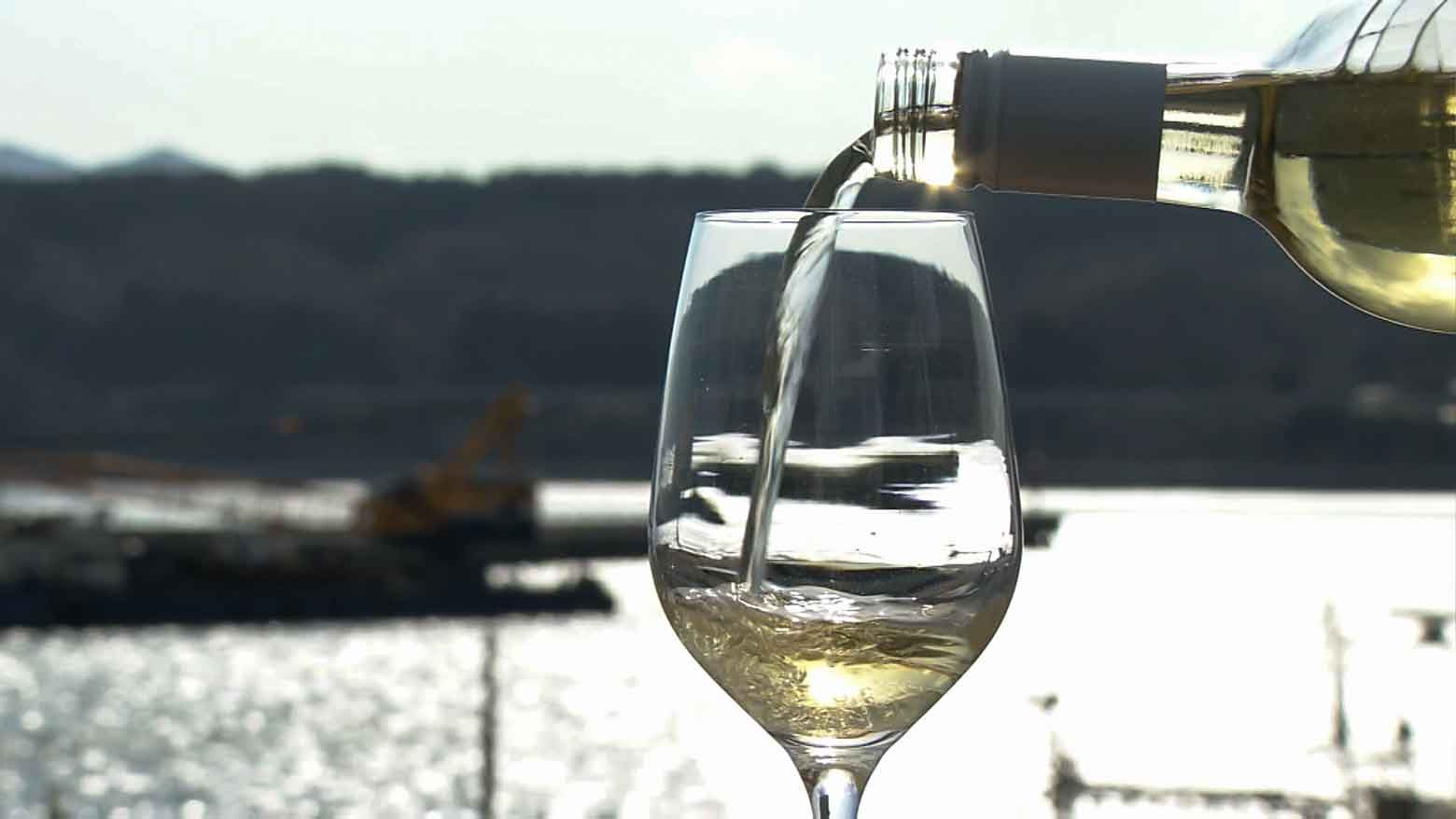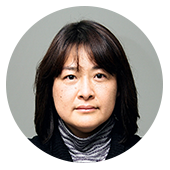Waves measuring as high as 15 meters engulfed Minamisanriku, leaving more than 800 people dead or missing. The town, like many others, was in ruins and its population plunged almost 40 percent.
Sasaki was living in Shizuoka Prefecture and working at a major musical instrument maker at the time, but he put his life on hold to volunteer in nearby Kamaishi, which was also hit hard by the disaster.
Helping with the recovery effort had a profound effect on him. "I was feeling a lack of human communication in my job, and I felt that collaborating with others was more fulfilling," he recalls.
Locals launch wine-making initiative
In 2014, Sasaki moved to Sendai, where he joined a glassware company. The line of work deepened his interest in wine and, in 2017, a new opportunity in Minamisanriku pricked his ears.
Authorities in the town had just launched an initiative aimed at attracting winemakers to the area. They saw it as a way of cultivating abandoned land, diversifying the local industry and generating tourism. The idea dovetailed perfectly with Sasaki's blossoming passion.
By 2019, he had joined the initiative and was working on turning his dreams into reality. Just one year later, his very own business, Minamisanriku Winery, was up and running on a site with an ocean view.
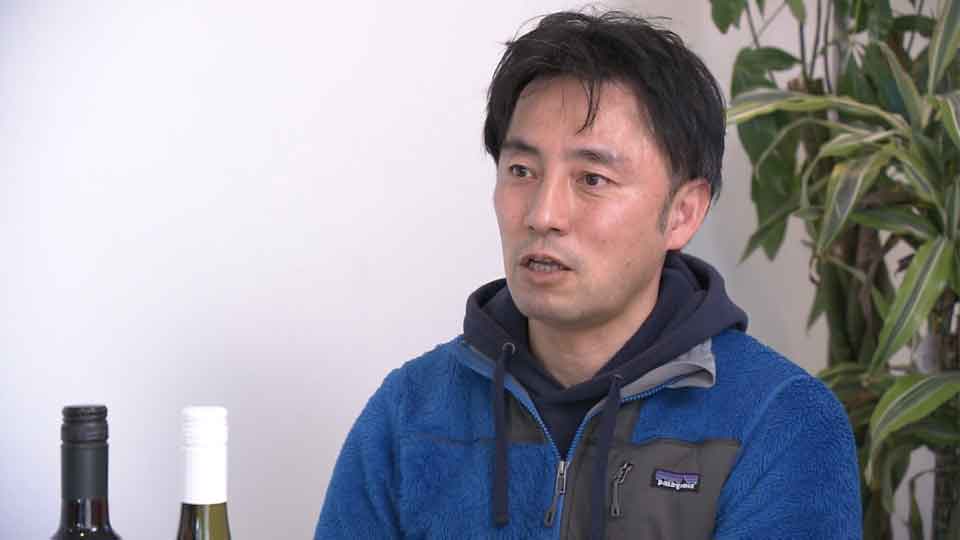
Ideal conditions
Sasaki says the local climate is perfect for what he does. The mountains experience large swings in temperature from day to night — ideal for growing grapes.
"When you go to a wine-tasting event, there is always talk about the terroir — the characteristics of an area, and also what kind of local ingredients pair with the wine," he says.
Sasaki employs four people. All but one are also newcomers to the area. He recruits volunteers in autumn, when the harvested grapes are matured in casks. Throughout the year, he produces about 10 different wines.
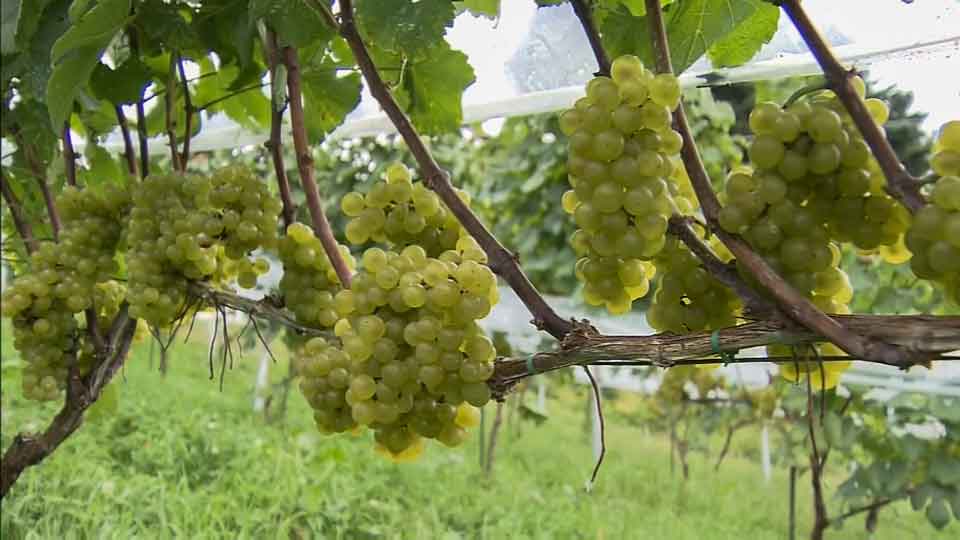
Collaborative approach revives industries
The winery also boasts a restaurant. Naturally, the dishes celebrate local produce, including octopus and premium Sendai beef.
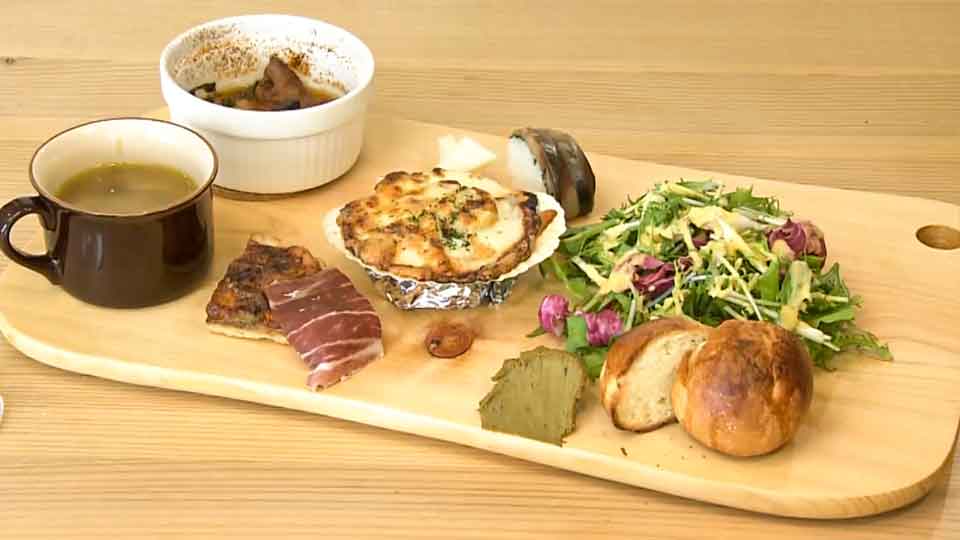
Minamisanriku's famed oysters are another staple on the menu. The local industry was devastated by the tsunami and Sasaki is finding new ways to help it recover. He's collaborating with the oyster farmers to store his wine underwater — a process that is said to help the maturation process. They believe the idea could even generate tourism.
"When people like Sasaki come from elsewhere and point out what's good about Minamisanriku, it rubs off on the people who grew up here," says oyster farmer Goto Shinya. "It becomes a great motivator."
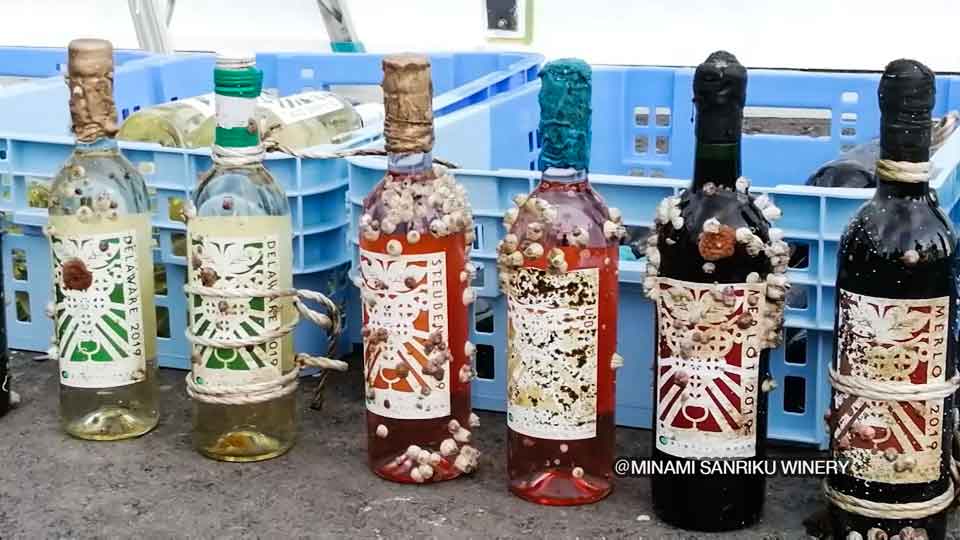
Local chef, local produce
Sasaki's chef is, fittingly, a local boy. Sato Masato lives in Sendai, but the job brings him back to his hometown, where he's enjoying the challenge of creating a menu to pair with the wine. "I think we need to come up with unique, local ideas," he says. "We have received a lot of support, and it's time we returned the favor by promoting the charms of Minamisanriku."
Sasaki and his team have plenty of other projects on the boil, including a plan to sell processed foods using coho salmon, another of Minamisanriku's specialties.
In many ways, Minamisanriku Winery is a hub for local industries in need of a boost. "People and producers here come together through our wine, and serving it helps to connect the locals to the visitors," says Sasaki.
"If we increase the number of people who move here and create new jobs over the next 10 or 20 years, then that will be our true purpose."
